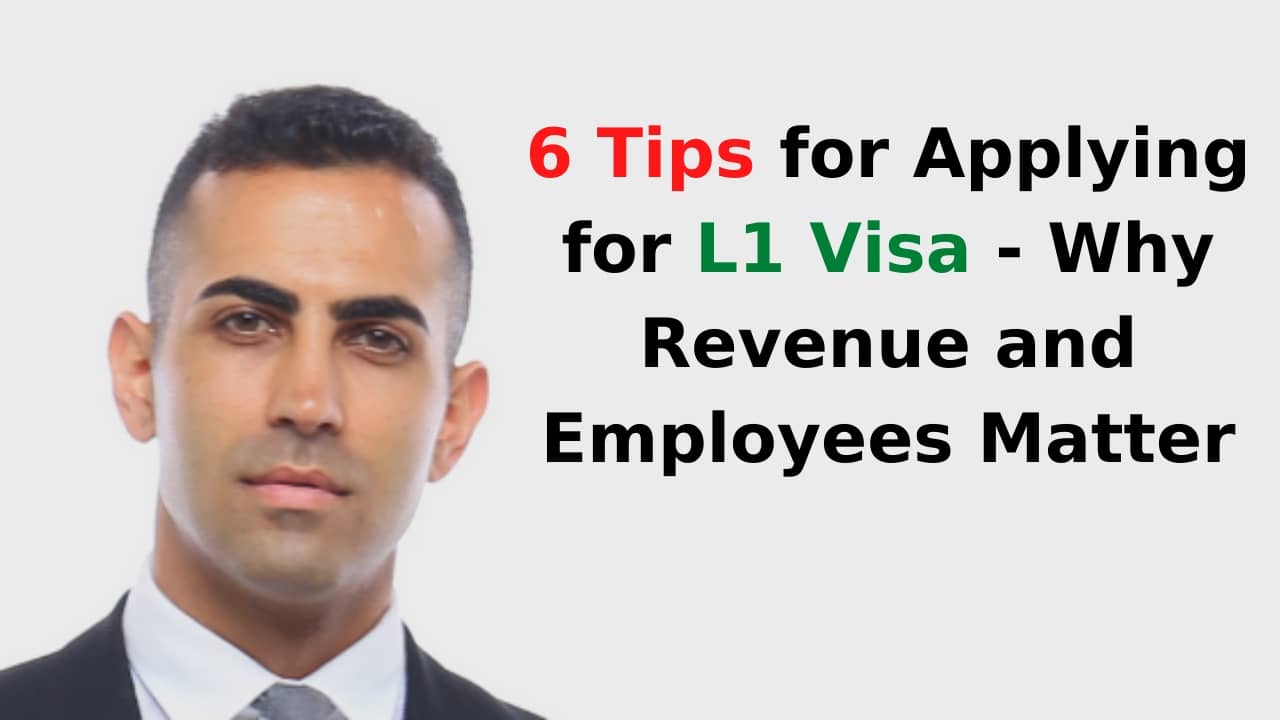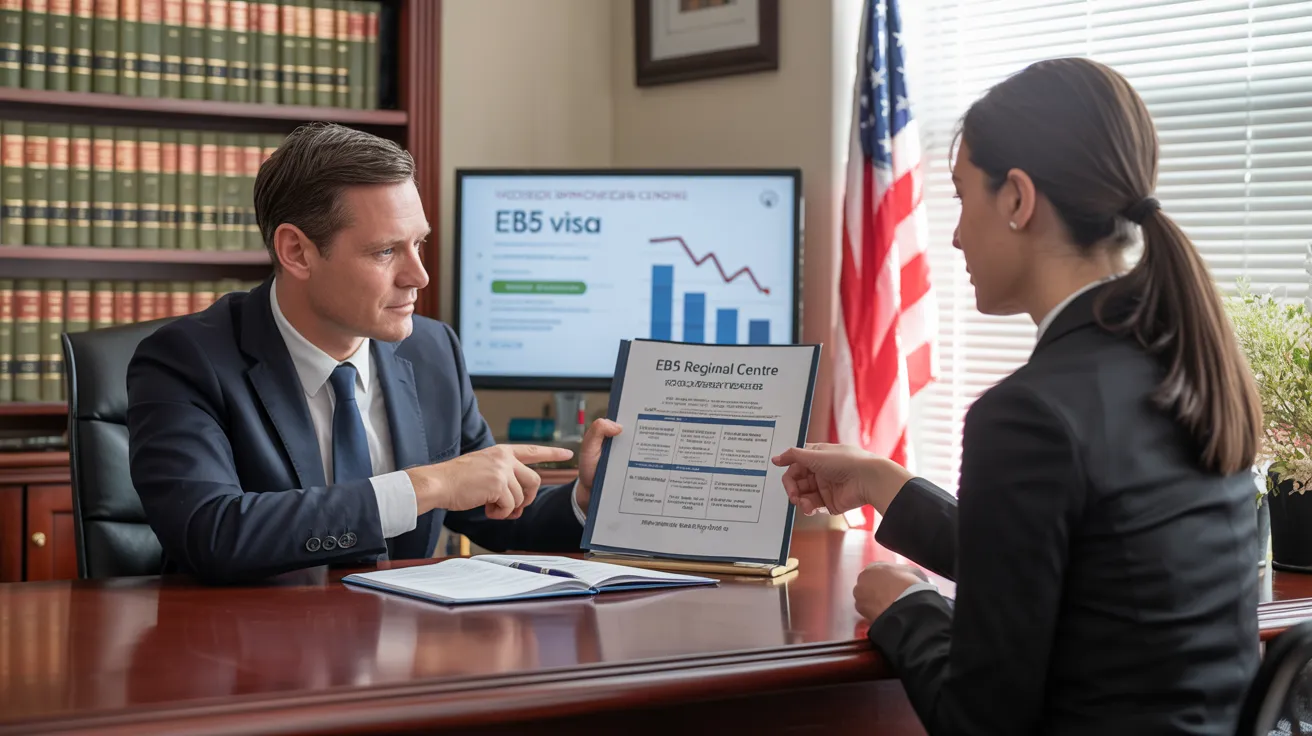Little Known Facts About L1 Visa.
Table of ContentsExcitement About L1 VisaL1 Visa Things To Know Before You Get ThisIndicators on L1 Visa You Need To KnowL1 Visa Can Be Fun For AnyoneThe Ultimate Guide To L1 Visa6 Easy Facts About L1 Visa Described
Available from ProQuest Dissertations & Theses International; Social Science Premium Collection. DHS Workplace of the Inspector General. Gotten 2023-03-26.
U.S. Department of State. Fetched 2023-02-08. Tamen, Joan Fleischer (August 10, 2013).
L1 Visa - Questions
In order to be qualified for the L-1 visa, the international firm abroad where the Beneficiary was utilized and the U.S. business need to have a qualifying connection at the time of the transfer. The different types of certifying connections are: 1. Parent-Subsidiary: The Parent implies a firm, corporation, or various other legal entity which has subsidiaries that it has and regulates."Subsidiary" means a firm, firm, or other lawful entity of which a moms and dad owns, straight or indirectly, greater than 50% of the entity, OR has much less than 50% but has administration control of the entity.
Instance 1: Business A is incorporated in France and employs the Recipient. Firm B is incorporated in the united state and wants to petition the Recipient. Company A possesses 100% of the shares of Firm B.Company A is the Parent and Company B is a subsidiary. There is a certifying partnership between the two firms and Company B ought to be able to fund the Recipient.
Instance 2: Company A is incorporated in the united state and wants to petition the Recipient. Company B is included in Indonesia and employs the Recipient. Business An owns 40% of Firm B. The remaining 60% is possessed and regulated by Company C, which has no connection to Company A.Since Company A and B do not have a parent-subsidiary relationship, Company A can not fund the Beneficiary for L-1.
Example 3: Business A is incorporated in the united state and intends to seek the Beneficiary. Firm B is integrated in Indonesia and utilizes the Recipient. Business A possesses 40% of Firm B. The staying 60% is possessed by Firm C, which has no connection to Company A. However, Company A, by official arrangement, controls and full handles Company B.Since Business A has less than 50% of Company B however takes care of and regulates the company, there is a qualifying parent-subsidiary partnership and Firm A can sponsor the Beneficiary for L-1.
The Best Strategy To Use For L1 Visa
Associate: An contact us affiliate is 1 of 2 subsidiaries thar are both owned and managed by the very same moms and dad or individual, or possessed and regulated by the very same team of individuals, in basically the very same ratios. a. Instance 1: Company A is integrated in Ghana and utilizes the Beneficiary. Business B is incorporated in the united state
Company C, additionally incorporated in Ghana, owns 100% of Firm A and 100% of Business B.Therefore, Business A and Company B are "associates" or sister companies and a certifying connection exists between both firms. Firm B should be able to sponsor the Recipient. b. Instance 2: Firm A is integrated in the united state
Firm A is 60% owned by Mrs. Smith, 20% owned by Mr. Doe, and 20% had by Ms. Brown. Business B is integrated in Colombia and presently uses the Recipient. Company B is 65% had by Mrs. Smith, 15% possessed by Mr. Doe, and 20% possessed by Ms. Brown. Business A and Company B are associates and have a certifying relationship in two different methods: Mrs.
The L-1 visa is an employment-based visa group established by Congress in 1970, enabling international companies to transfer their supervisors, executives, or key workers to their United state procedures. It is typically referred to as the intracompany transferee visa.

Furthermore, the recipient should have operated in a supervisory, executive, or specialized worker get started placement for one year within the three years coming before the L-1A application in the international company. For new office applications, foreign employment must have been in a supervisory or executive capacity if the recipient is involving the USA to function as a manager or executive.
What Does L1 Visa Do?

If approved for a united state company functional for greater than one year, the preliminary L-1B visa is for as much as 3 years and can be extended for an extra 2 years (L1 Visa). Conversely, if the U.S. business is recently developed or has been operational for less than one year, the first L-1B visa is released for one year, with expansions offered in two-year increments
The L-1 visa is an employment-based visa group established by Congress in 1970, enabling international business to transfer their managers, execs, or essential personnel to their United state operations. It is commonly referred to as the intracompany transferee visa.
L1 Visa Fundamentals Explained
Furthermore, the recipient should have worked in a supervisory, exec, or specialized worker setting for one year within the 3 years coming before the L-1A application in the international business. For brand-new office applications, foreign work should have been in a managerial or L1 Visa requirements executive capacity if the beneficiary is coming to the USA to function as a manager or exec.
for approximately seven years to manage the operations of the U.S. affiliate as an exec or supervisor. If provided for an U.S. firm that has been functional for greater than one year, the L-1A visa is initially granted for approximately three years and can be prolonged in two-year increments.
If granted for an U.S. firm functional for even more than one year, the first L-1B visa is for approximately 3 years and can be expanded for an added 2 years. On the other hand, if the U.S. company is newly established or has been functional for less than one year, the first L-1B visa is provided for one year, with extensions available in two-year increments.